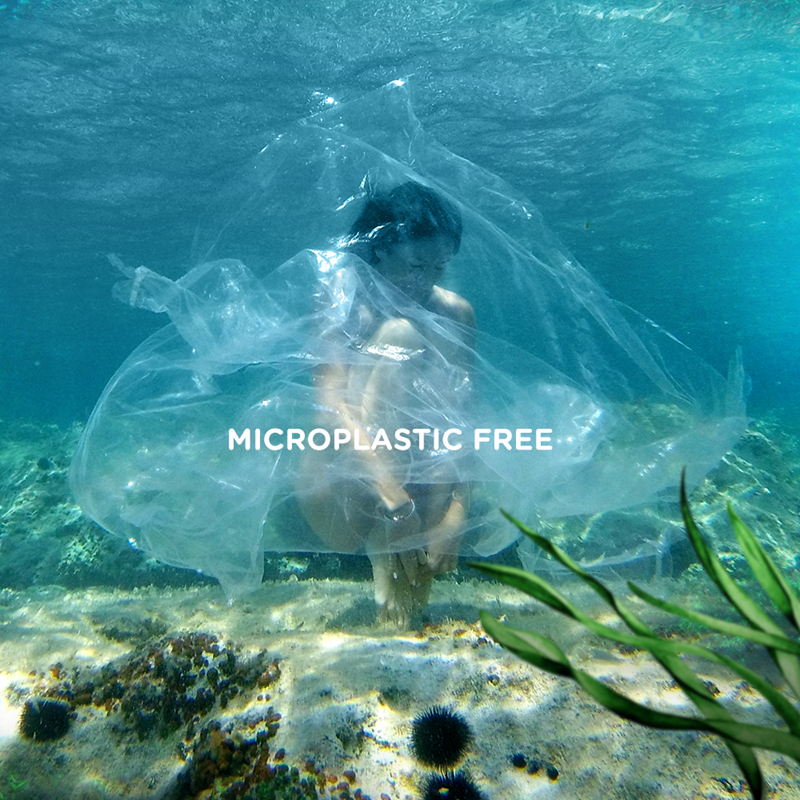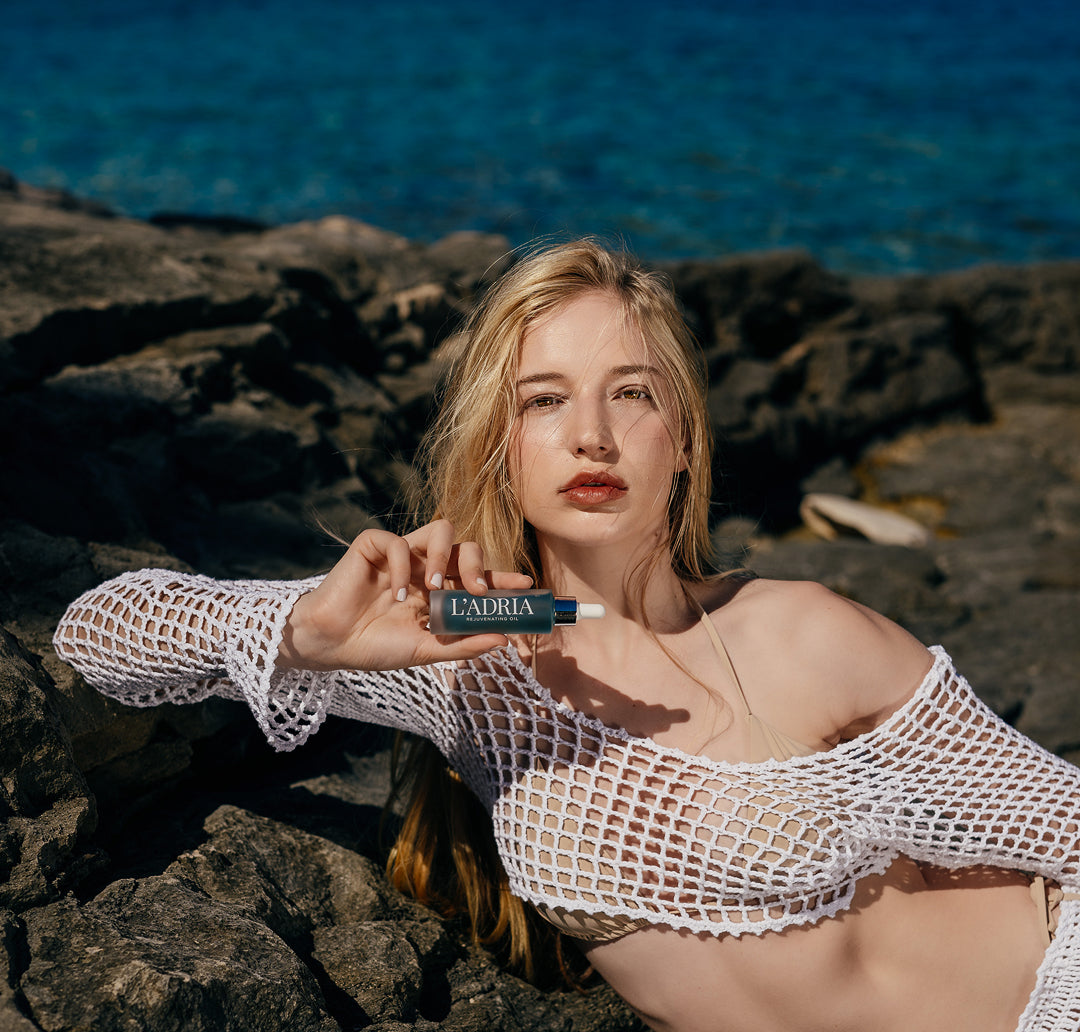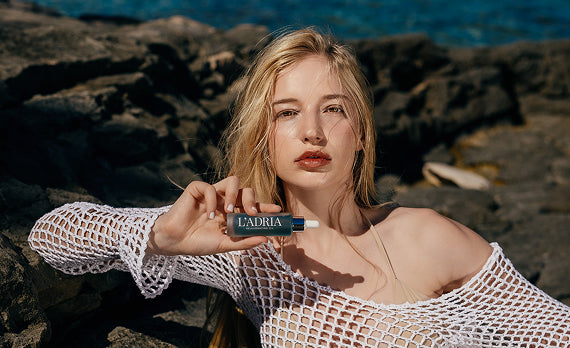Microplastics - a macro problem of micro size
10/05/2023

Plastic is all around us. As you read this, you must be holding plastic in your hand while wearing clothing that contains polyester fibers. Plastic has simply become an inevitable part of our everyday life. It is impossible to imagine modern life without plastic materials. This is precisely why plastic pollution, especially microplastics, has reached every corner of our planet. The oceans are becoming plastic soups, and the tops of popular mountains like Mount Everest are covered in plastic and microplastic pollution.
WHAT IS MICROPLASTICS?
Microplastic is any plastic raw material with a size from 0.001 mm to 5 mm. It is divided into primary and secondary microplastics.
Primary microplastics are small plastic particles that are often used in the cosmetic and textile industries.
Secondary microplastics are created by shredding larger pieces of plastic such as bottles and plastic packaging.
Regardless of the origin, both types of microplastics pollute the environment equally. Also, both types of microplastics have been found in various ecosystems, including in our food chain and, which will shock many, in drinking water.
WHY DOES THE COSMETICS INDUSTRY USE MICROPLASTICS?
Microplastic balls are often part of mechanical exfoliants, and other, even smaller plastic polymers are added to creams to give them a supple texture and slide gently down the skin during application. Microplastics are also used in facial cleansers, usually to achieve the desired white color.
When we wash off cosmetics that contain microplastic ingredients, we actually contribute to the plastic contamination of the world's water supplies. Namely, microplastic particles are so small that filters simply cannot purify and remove them.
CAN IT BE DIFFERENT?
Can supple textures and pleasant application be achieved without microplastic ingredients? Of course I can. There are many possibilities of natural origin. It is precisely by choosing natural ingredients that we protect the environment.
Microplastics in rinse-off products pollute the environment more than those found in products that remain on the skin. On the other hand, products that remain on the skin pollute our body.
With the growing awareness of the harmfulness of plastic, it is extremely important to us that our products are free of microplastic ingredients. This is precisely why we tested and extensively analyzed all our products, so we can proudly announce that we are holders of the Microplastic Free certificate.
Winter sale









